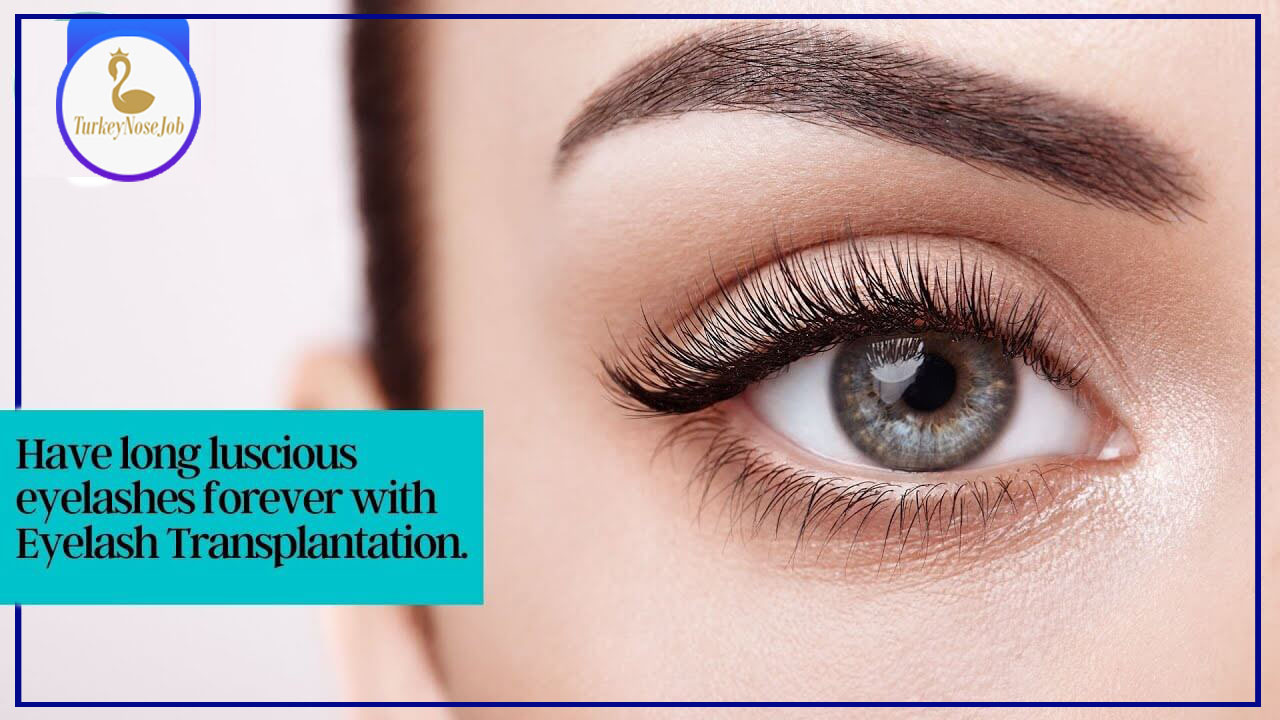Blepharoplasty, commonly referred to as eyelid surgery, is a cosmetic procedure aimed at rejuvenating the appearance of the eyes by removing excess skin, fat, or muscle from the eyelids. While it is primarily sought after to address droopy or puffy eyelids and reduce the signs of aging around the eyes, there is often confusion regarding whether blepharoplasty can alter the natural shape of the eyes themselves.
Understanding the Anatomy of the Eye
To comprehend the impact of blepharoplasty on eye shape, it’s essential to understand the anatomy of the eye. The shape of the eye is largely determined by the structure of the eyeball and the surrounding tissues, including the eyelids. The eyelids play a crucial role in defining the appearance of the eyes, but they do not fundamentally alter the underlying shape of the eyeball.
Does Blepharoplasty Change Eye Shape?
Blepharoplasty primarily targets the eyelids, focusing on removing excess tissue and tightening the skin to achieve a more youthful and refreshed appearance. However, the procedure typically does not alter the intrinsic shape of the eye itself. Instead, it enhances the contour of the eyelids, which can create the illusion of a different eye shape.
For individuals concerned about the appearance of their eyes, particularly issues such as hooded or droopy eyelids, blepharoplasty can provide significant improvement. By removing sagging skin and excess fat, the procedure can help to open up the eyes, making them appear larger and more awake. In some cases, blepharoplasty may also correct asymmetry between the eyelids, further enhancing the overall harmony of the facial features.
Factors to Consider
While blepharoplasty can produce transformative results, it’s essential for individuals considering the procedure to have realistic expectations. Factors such as the patient’s unique anatomy, skin elasticity, and underlying bone structure can influence the outcome of the surgery.
Moreover, communication between the patient and their surgeon is paramount. During the consultation process, the surgeon will assess the patient’s concerns, discuss their aesthetic goals, and tailor the surgical plan accordingly. By understanding the patient’s desired outcome, the surgeon can develop a personalized approach to achieve the best possible results while maintaining the natural appearance of the eyes.
Potential Risks and Complications
Like any surgical procedure, blepharoplasty carries certain risks and potential complications. These may include infection, bleeding, scarring, and temporary changes in sensation around the eyes. In rare cases, there may be undesirable outcomes such as asymmetry or overcorrection of the eyelids. However, selecting a board-certified plastic surgeon with extensive experience in eyelid surgery can minimize these risks and increase the likelihood of a successful outcome.
In conclusion, blepharoplasty is a highly effective cosmetic procedure for rejuvenating the appearance of the eyes and eyelids. While it does not typically change the intrinsic shape of the eyes themselves, it can enhance their overall appearance by addressing issues such as sagging skin, puffiness, and asymmetry. By consulting with a qualified plastic surgeon and maintaining realistic expectations, individuals can achieve natural-looking results that complement their facial features and boost their confidence.
0 Comments